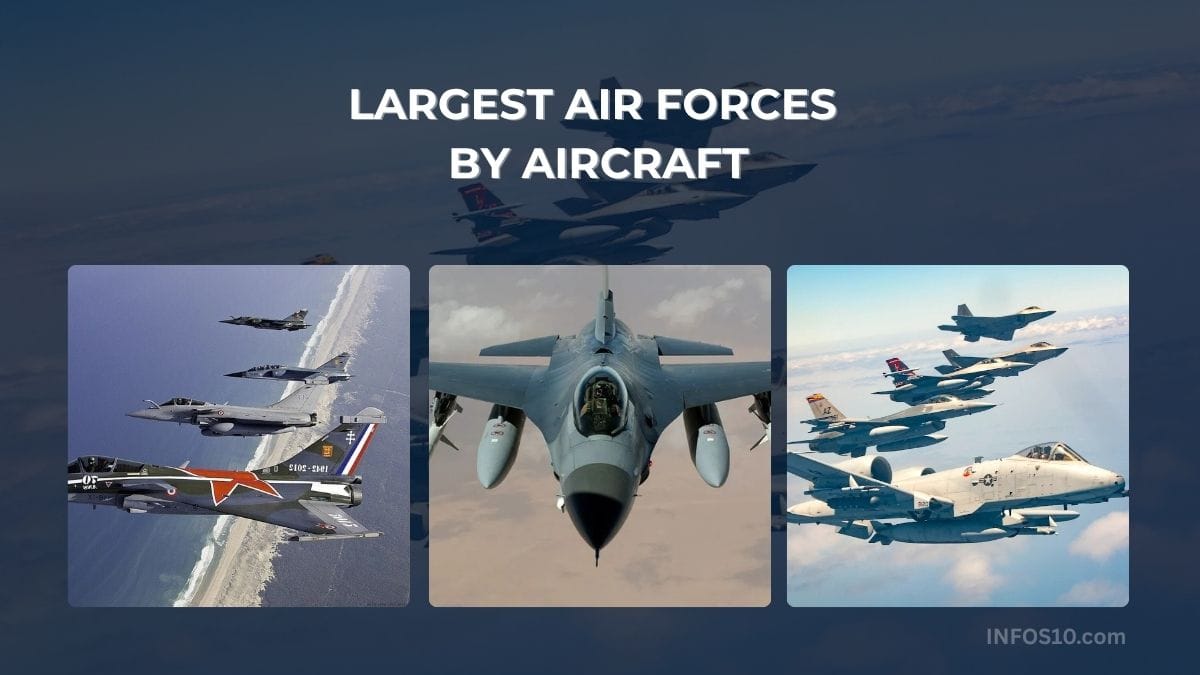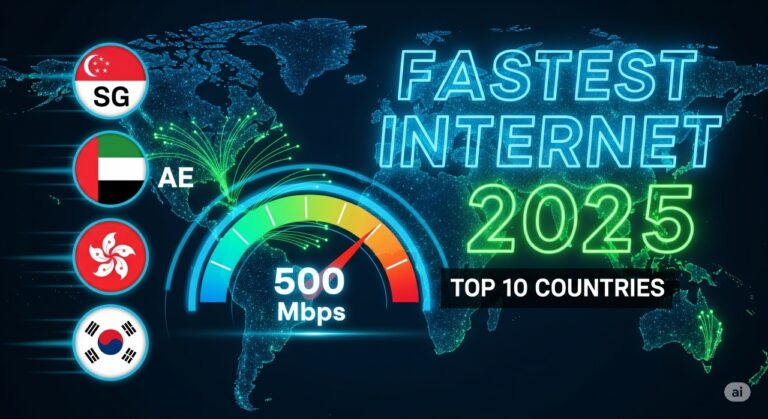In 2025, the global balance of power is heavily influenced by the skies. Air forces have become the backbone of every nation’s defense and deterrence strategy, from advanced stealth fighters to long-range bombers and unmanned drones. The Largest Air Forces by Aircraft not only dominate wars but also maintain control over airspace, logistics, and global missions.
The year 2025 marks a new era in aviation technology. The world’s top air forces are racing to expand their fleets, modernize older aircraft, and introduce next-generation stealth jets. Nations like the United States, China, and Russia continue to lead the charts, while others like India, South Korea, and Japan are rapidly upgrading their air wings with new aircraft.
Counting aircraft is not just about numbers, it’s about measuring capability, global reach, and technological superiority. While some nations rely on sheer quantity, others prioritize advanced systems and pilot training. In this ranking of the Top 10 Largest Air Forces by Aircraft in 2025, we’ll explore which countries field the biggest and most powerful fleets, and what makes them stand out in modern aerial warfare.
See Also: Top 10 Biggest Shopping Malls
10. French Air & Space Force – 972
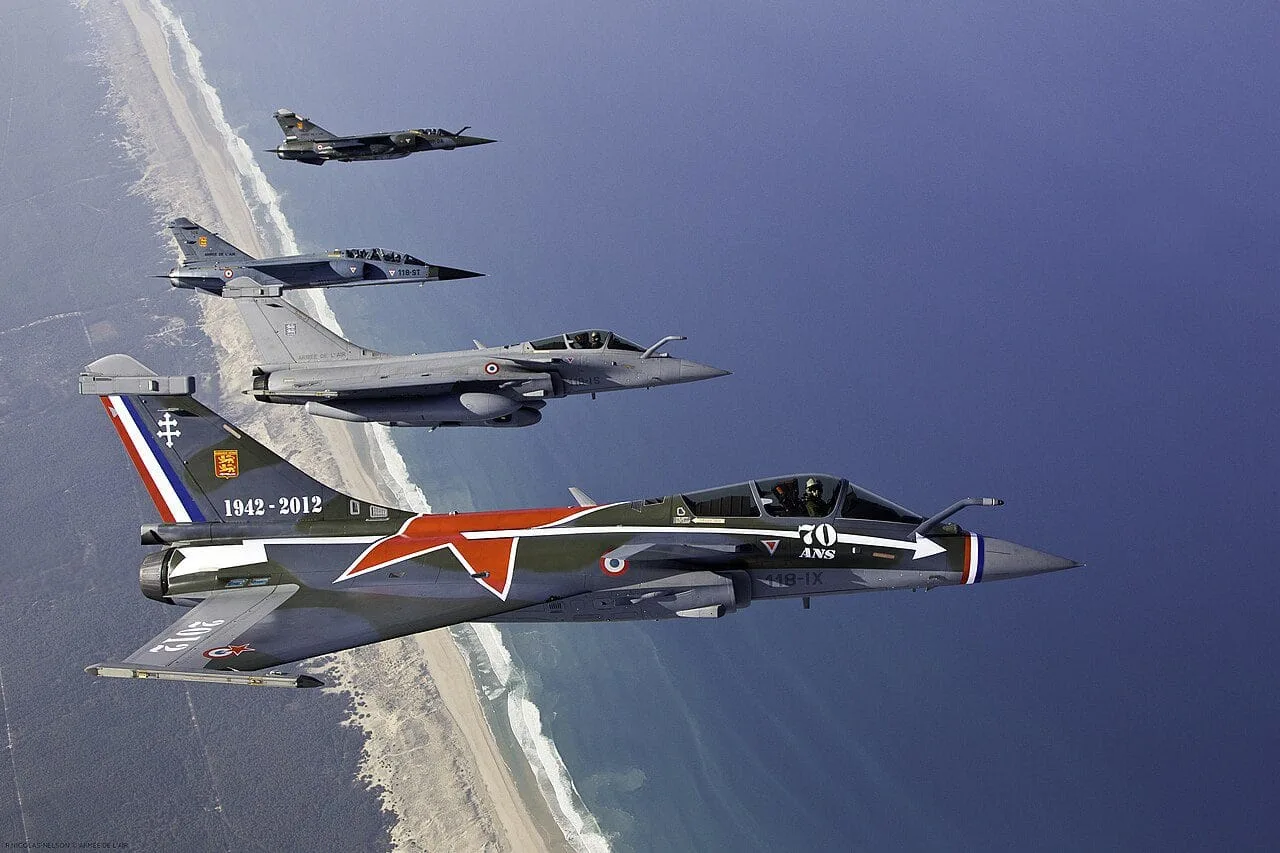
Total Aircraft Assets: 972
Personnel: 40,500 (Active Duty)
The French Air & Space Force is one of Europe’s most advanced and capable air forces in 2025. Its fleet includes 224 fighter jets, 447 helicopters, and 69 attack helicopters, supported by transport planes and refueling tankers. The force plays a key role in NATO operations and global missions, maintaining readiness for both defense and expeditionary tasks.
As one of the Largest Air Forces by Aircraft in the world, France combines modern fighters like the Rafale F4 and Mirage 2000 with highly trained personnel. Strategic modernization programs and international cooperation ensure the French Air & Space Force remains a dominant aerial power globally.
9. Egyptian Air Force (EAF) – 1,100
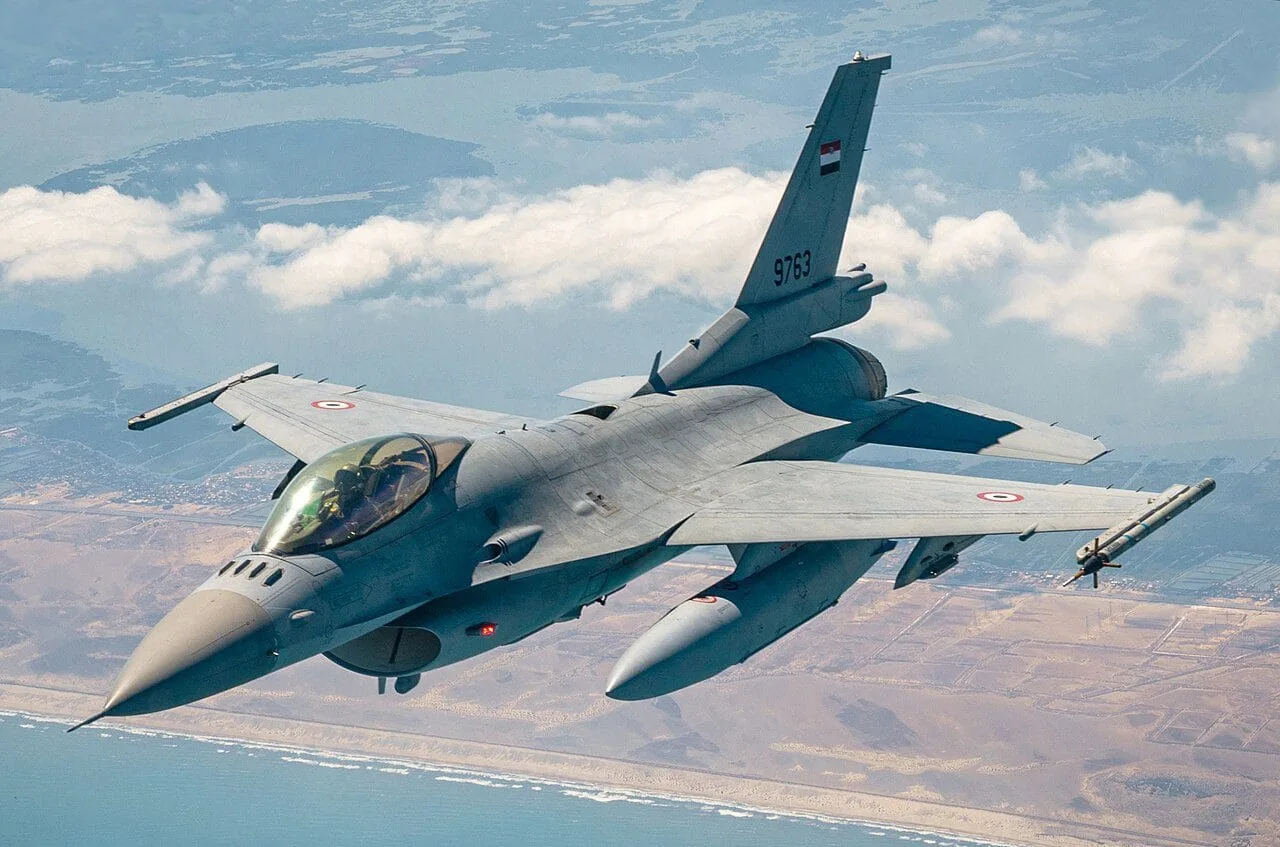
Total Aircraft Assets: ~1,100
Personnel: 35,000 (Active Duty)
The Egyptian Air Force (EAF) is one of Africa’s largest and most capable air forces in 2025. Its fleet includes Rafale, Su-35, MiG-29, and F-16 aircraft, supported by helicopters and transport planes. The EAF plays a critical role in regional security and participates in both defensive and strategic operations across North Africa and the Middle East.
With modernization programs, pilot training, and acquisitions of advanced fighters, the EAF continues to strengthen its aerial capabilities. Egypt maintains a robust operational readiness, making it a prominent air force in terms of both technology and fleet size.
8. Pakistan Air Force (PAF) – 1,300
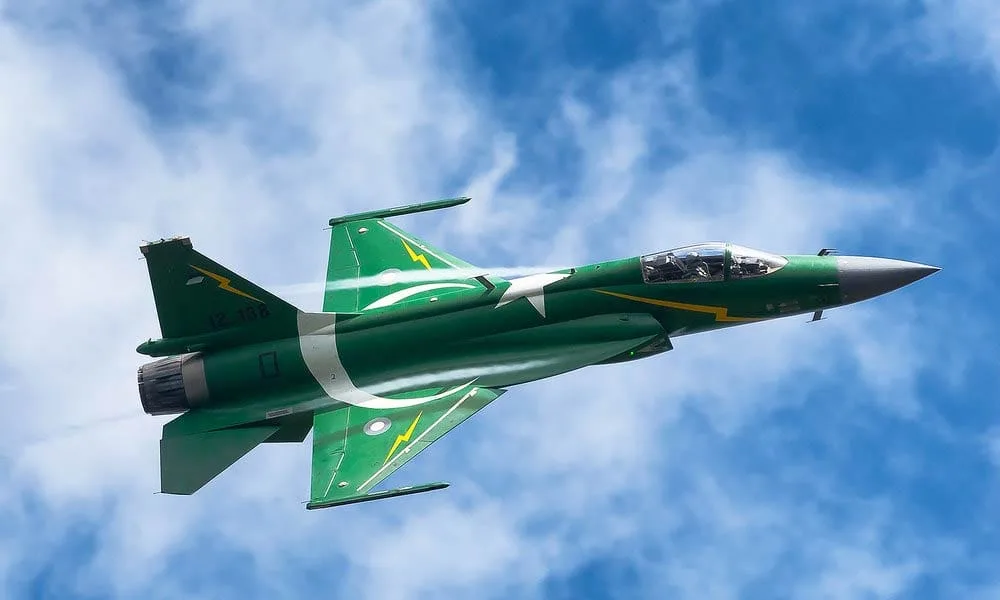
Total Aircraft Assets: ~1,300
Personnel: 65,000 (Active Duty)
The Pakistan Air Force (PAF) is a key military force in South Asia with a diverse fleet including JF-17 Block III, F-16s, and Mirage aircraft. Its capabilities extend to transport aircraft, helicopters, and UAVs, ensuring multi-role operational flexibility. The PAF focuses on air defense, strike missions, and maintaining regional balance.
Strategic modernization and collaboration with China have strengthened the PAF’s operational capacity. With experienced personnel and a growing fleet, Pakistan continues to be one of the leading air forces in terms of aircraft in the region.
7. Japan Air Self-Defense Force (JASDF) – 1,400
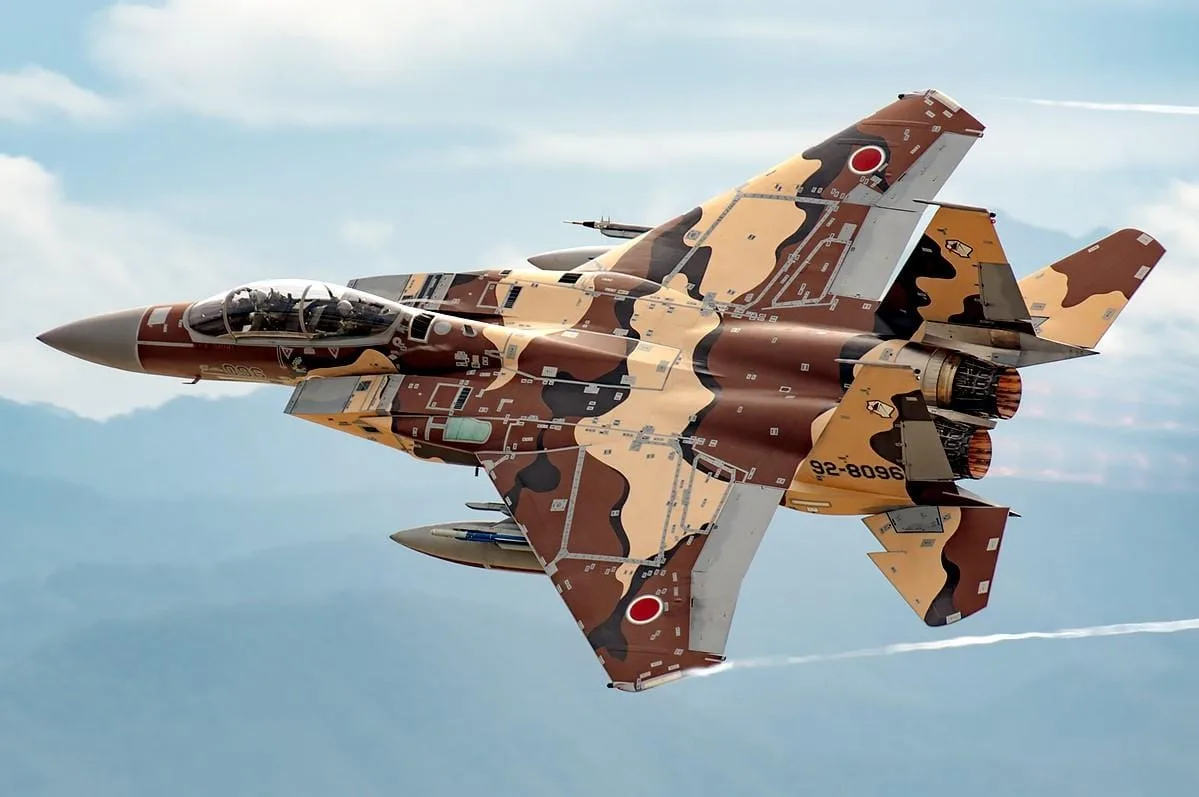
Total Aircraft Assets: ~1,400
Personnel: 49,000 (Active Duty)
The Japan Air Self-Defense Force (JASDF) is a technologically advanced force focused on air superiority and homeland defense. Its fleet features F-35A/B stealth fighters, upgraded F-15Js, and a mix of transport and reconnaissance aircraft. Japan emphasizes rapid response and interoperability with allied forces in the Asia-Pacific region.
With ongoing modernization and expansion of its fleet, the JASDF continues to strengthen its position as one of Asia’s Largest Air Forces by Aircraft. Advanced training, cutting-edge technology, and strategic partnerships ensure Japan maintains a strong regional deterrent.
06. Republic of Korea Air Force (ROKAF) – 1,500
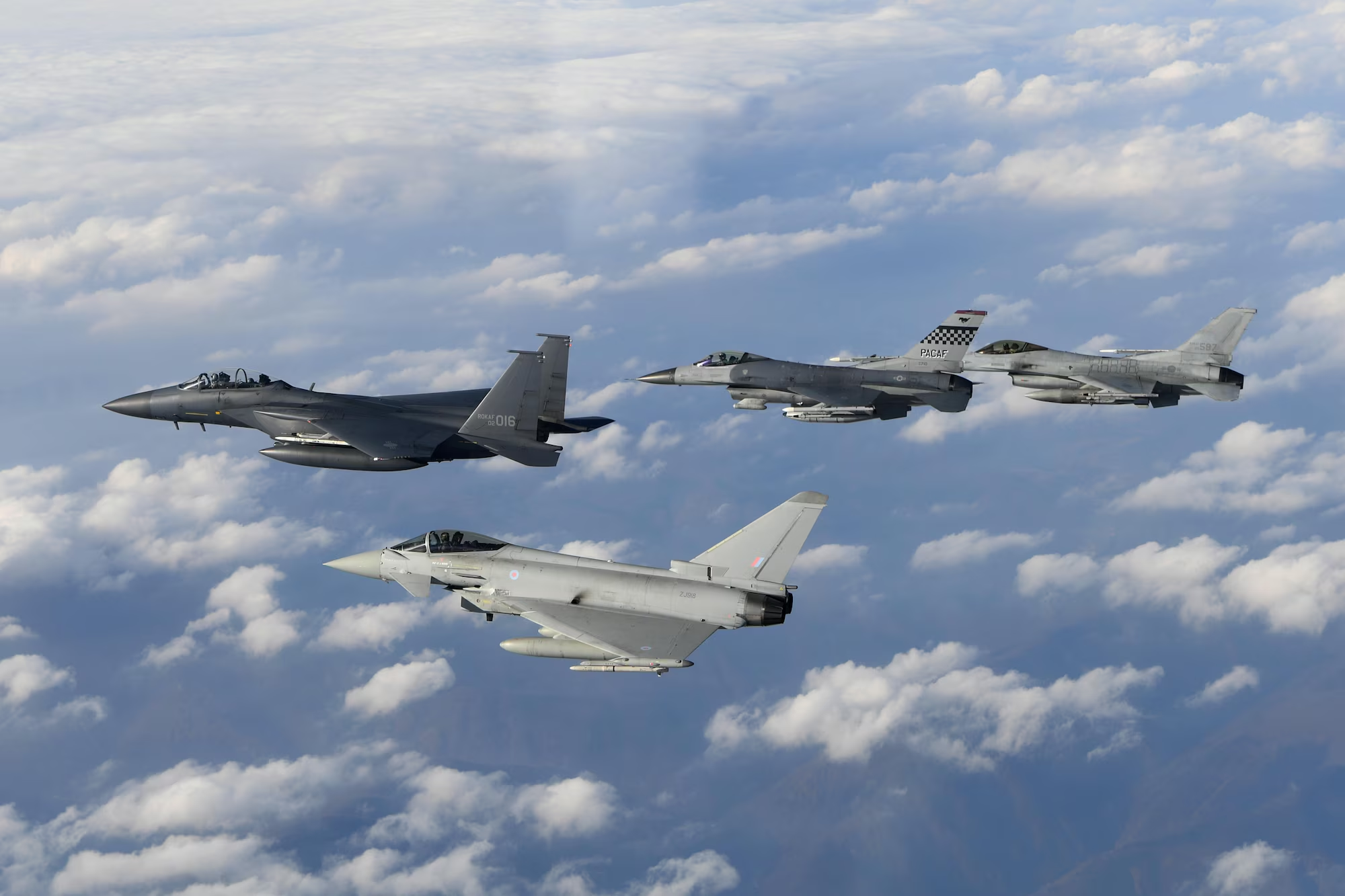
Total Aircraft Assets: ~1,500
Personnel: 65,000 (Active Duty)
The Republic of Korea Air Force (ROKAF) is a modern and highly capable force in East Asia. Its key aircraft include the F-35A, KF-16, and the indigenously developed KF-21 Boramae, supported by transport aircraft, helicopters, and drones. The ROKAF emphasizes technological advancement, air superiority, and rapid deployment capabilities.
With ongoing modernization programs, advanced pilot training, and strong regional defense partnerships, the ROKAF continues to enhance its operational readiness. It plays a critical role in maintaining stability and deterring threats in the Korean Peninsula.
See Also: Top 10 Best Airports In The World
05. North Korean Air Force (KPAF) – 1,600
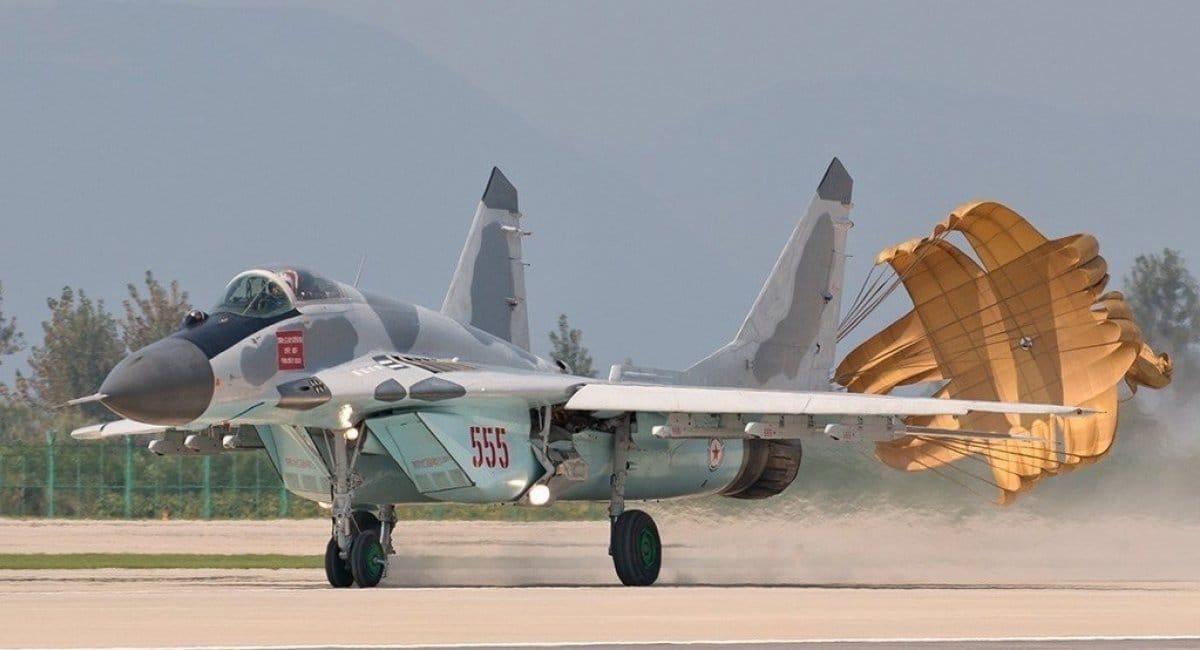
Total Aircraft Assets: ~1,600
Personnel: 110,000 (Active Duty)
The North Korean Air Force (KPAF) maintains one of the largest fleets in the region by number, although most aircraft are aging models such as older MiGs and Sukhoi variants. The force focuses primarily on territorial defense and deterrence against neighboring countries.
Despite technological limitations, the KPAF leverages its large numbers and strategic positioning to maintain a significant regional presence. Helicopters and light attack aircraft are widely used for rapid-response missions, while UAVs are increasingly integrated for reconnaissance and surveillance.
04. Indian Air Force (IAF) – 2,100
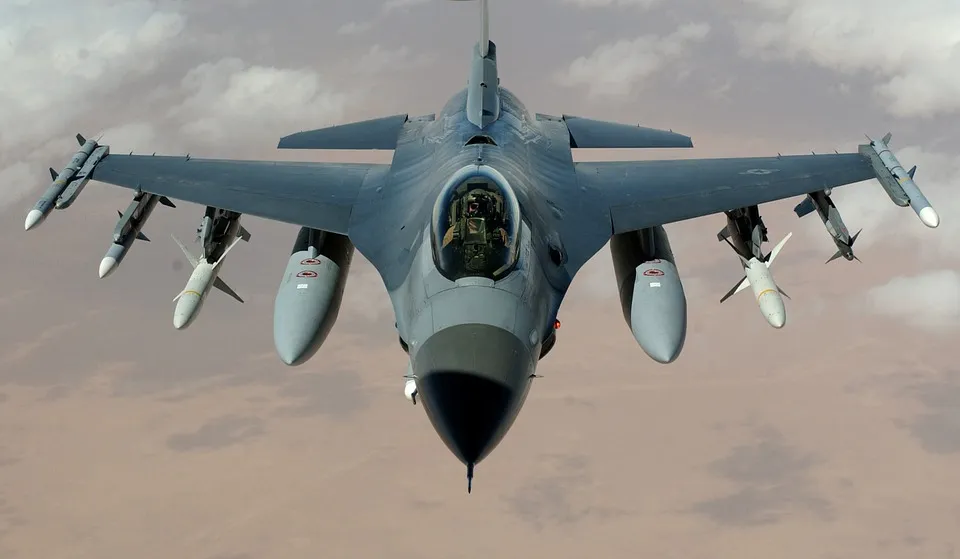
Total Aircraft Assets: ~2,100
Personnel: 140,000 (Active Duty)
The Indian Air Force (IAF) is among Asia’s most capable air forces in 2025. Its fleet includes Rafale, Su-30MKI, and Tejas Mk1A fighter jets, complemented by helicopters, transport planes, and UAVs. The IAF prioritizes multirole operations, air defense, and rapid deployment to secure India’s borders.
As one of the Largest Air Forces by Aircraft in the region, the IAF is investing in indigenous programs like the Advanced Medium Combat Aircraft (AMCA). With modernization plans, strategic partnerships, and skilled personnel, India continues to strengthen its aerial capabilities for both defense and regional influence.
03. People’s Liberation Army Air Force (PLAAF) – 3,500
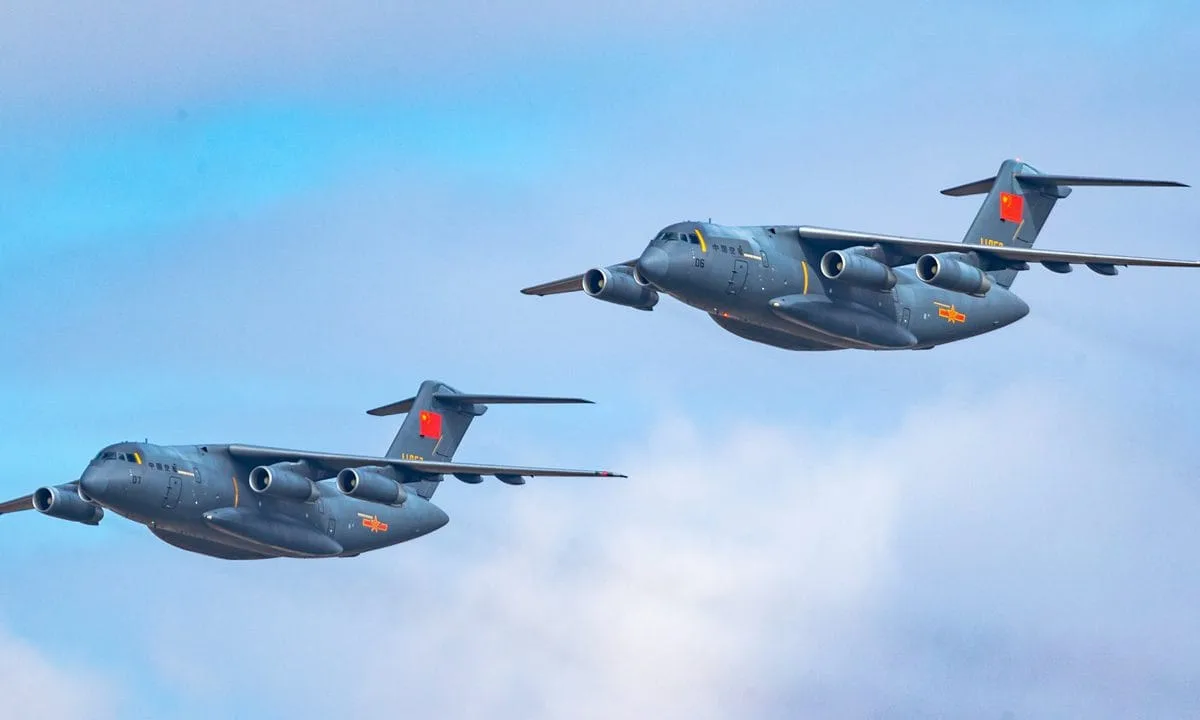
Total Aircraft Assets: ~3,500
Personnel: 395,000 (Active Duty)
The People’s Liberation Army Air Force (PLAAF) is one of the fastest-growing air forces in the world in 2025. It operates a wide range of modern fighters, including the J-20, J-16, and J-10C, alongside strategic bombers, transport aircraft, and drones. The PLAAF emphasizes stealth technology, precision strike capabilities, and long-range operations, strengthening China’s regional and global air power.
As one of the Largest Air Forces by Aircraft, the PLAAF combines quantity with modernization. Its growing fleet, advanced training programs, and investment in next-generation jets allow China to challenge traditional air power hierarchies, making it a dominant force in the Asia-Pacific region.
02. Russian Aerospace Forces (VKS) – 4,000
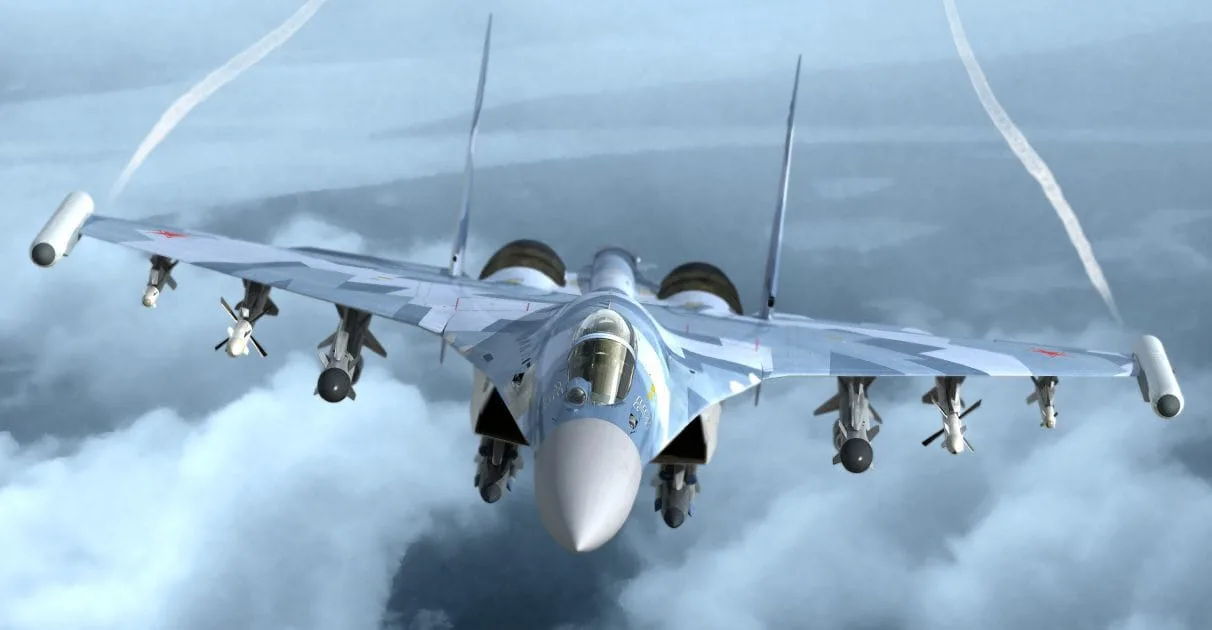
Total Aircraft Assets: 4,000
Personnel: 148,500 (Active Duty)
The Russian Aerospace Forces (VKS) rank among the Largest Air Forces by Aircraft in 2025. Formed in 2015 by merging the Russian Air Force and Aerospace Defence Forces, the VKS combines strategic bombers, fighters, and air defense systems under a single command.
Russia operates around 4,000 active aircraft, including advanced fighters like the Su-57 and Su-35, multirole jets Su-34, and interceptors such as MiG-31. Its bomber fleet features Tu-160, Tu-95, and Tu-22M3 for long-range nuclear and conventional missions.
The VKS also fields a large helicopter force, UAVs for reconnaissance, and transport aircraft to support rapid deployment. Despite technological modernization, many aircraft remain legacy models, limiting overall combat readiness compared to Western air forces.
With a strong focus on strategic defense and regional influence, the Russian Aerospace Forces continue to maintain a significant presence among the world’s largest air fleets in 2025.
See Also: Top 10 Coldest Countries In The World
01. United States Air Force (USAF) – 13,247
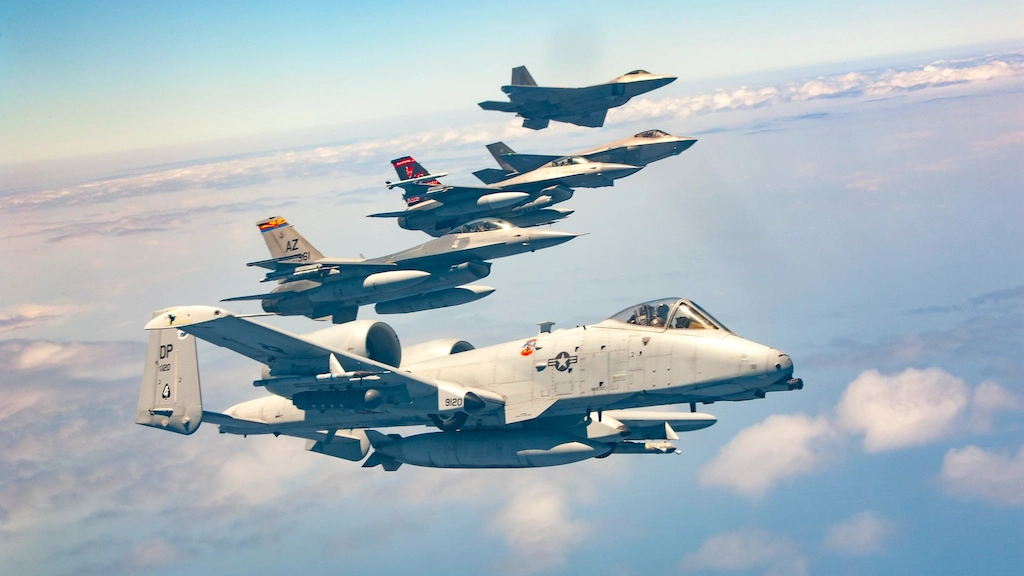
Total Aircraft Assets: 13,247
Personnel: 320,000 (Active Duty)
The United States Air Force (USAF) ranks first among the Largest Air Forces by Aircraft in 2025. Formed in 1947 as an independent branch of the U.S. Armed Forces, it remains the most technologically advanced and globally deployed air power in the world.
The USAF operates over 13,000 aircraft, including F-22 Raptors, F-35 Lightning IIs, F-15EXs, and F-16s for air superiority and strike missions. In its bomber fleet, the B-2 Spirit, B-1B Lancer, and B-52 Stratofortress ensure long-range strategic capability, with the next-gen B-21 Raider under development.
Its C-17 Globemaster III, KC-46 Pegasus, and MQ-9 Reaper drones provide unmatched airlift, refueling, and surveillance power. With bases spread across Europe, the Middle East, and Asia, the USAF ensures global reach and rapid response.
Backed by advanced technology, superior training, and modernization programs like NGAD, the U.S. Air Force continues to dominate the skies as the world’s most powerful air fleet in 2025.
Methodology: How We Ranked the Largest Air Forces by Aircraft
To prepare this ranking, we analyzed reliable 2025 data from global defense sources such as FlightGlobal, Global Firepower, and official military reports. Our list focuses on active aircraft — those currently in service, operational, or combat-ready. Retired or storage units have been excluded to ensure accurate representation.
Factors Considered:
- Total Aircraft Strength: Includes all categories — fighter jets, bombers, attack aircraft, transport planes, refueling tankers, helicopters, and UAVs.
- Operational Readiness: Only aircraft that are active or regularly deployed in missions are counted.
- Fleet Modernization: Countries investing in 5th-generation fighters and stealth technology receive higher weightage.
- Air Superiority & Reach: Global bases, refueling capabilities, and expeditionary potential were considered to determine real-world influence.
The Largest Air Forces by Aircraft may differ slightly from those ranked by combat power or technology — because here, quantity is the key metric. For example, North Korea maintains a large number of older aircraft, placing it higher in fleet size but lower in overall capability. On the other hand, France or the UK, though smaller in numbers, lead in terms of advanced systems and global mobility.
This ranking paints a clear picture of how air power is distributed across nations in 2025 — a mix of tradition, technology, and sheer size.
Future Outlook (2030 Vision)
- 6th-Generation Fighters: Next-gen jets like NGAD (USA), Tempest (UK), and FC-31 (China) are expected to enter service, focusing on stealth, AI, and networked operations.
- Drone Swarms & AI Integration: Increasing use of autonomous UAVs and AI for surveillance, target acquisition, and strike coordination.
- Hypersonic Weapons: Strategic bombers and missiles capable of hypersonic speeds will redefine air combat dynamics.
- Joint Alliances for Shared Defense: Collaborative air exercises, technology sharing, and joint deployments will be central to future air power.
By 2030, air superiority will be defined more by technology and operational flexibility than raw aircraft numbers.
